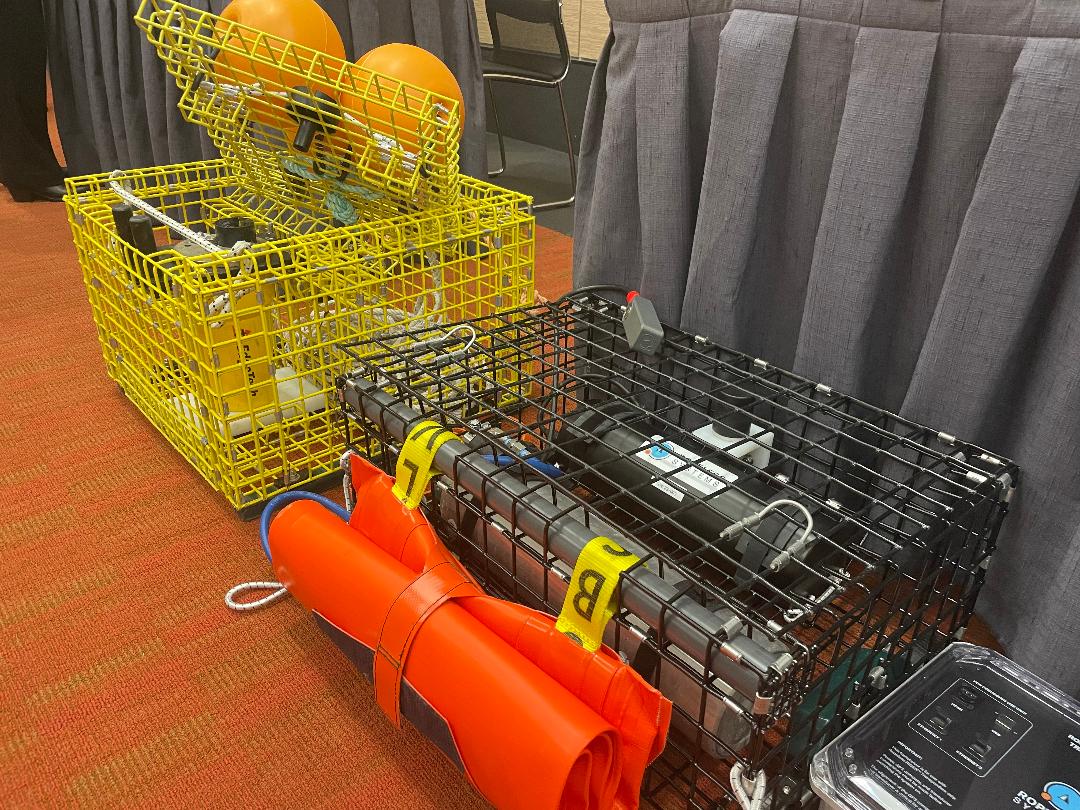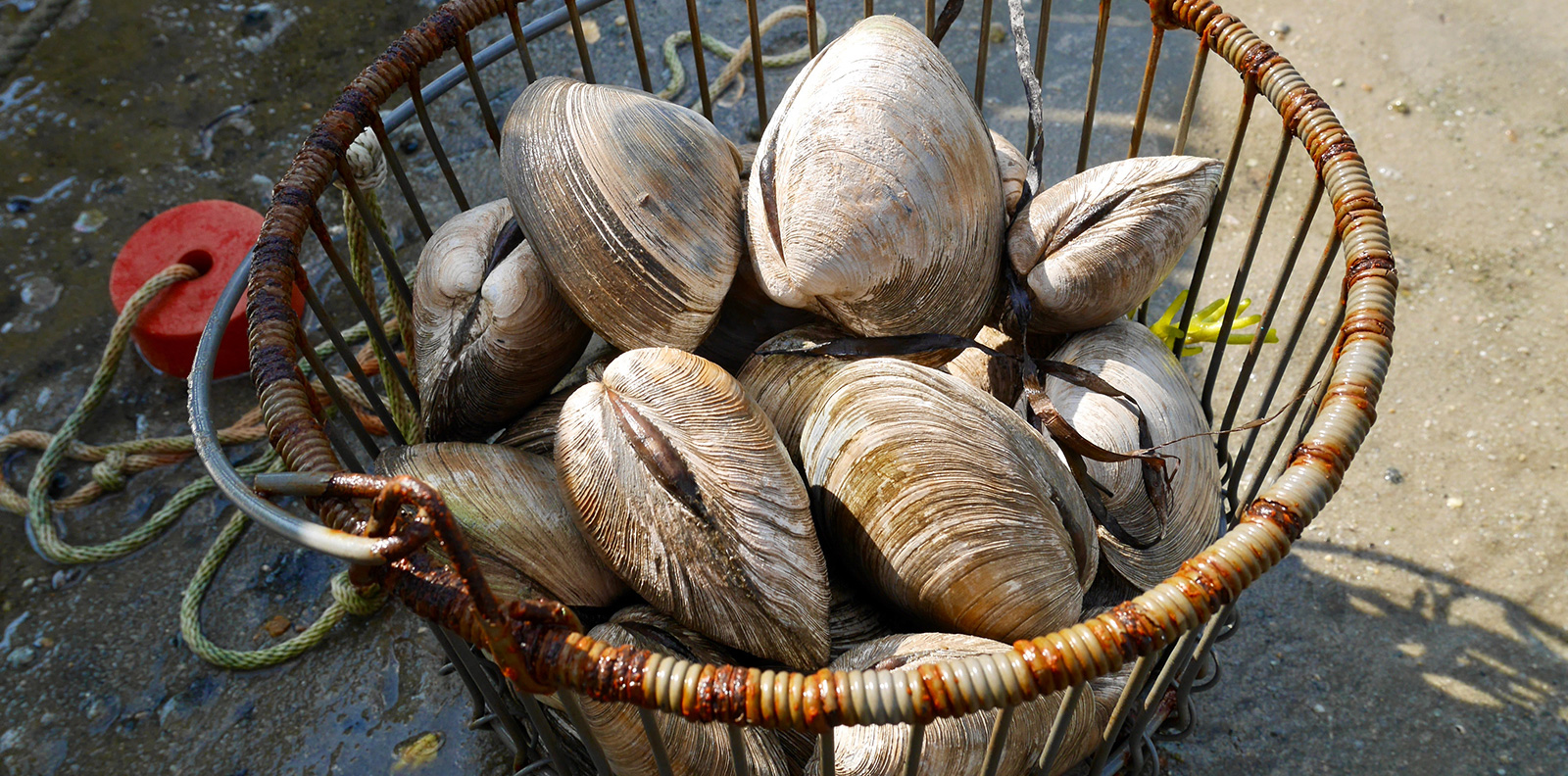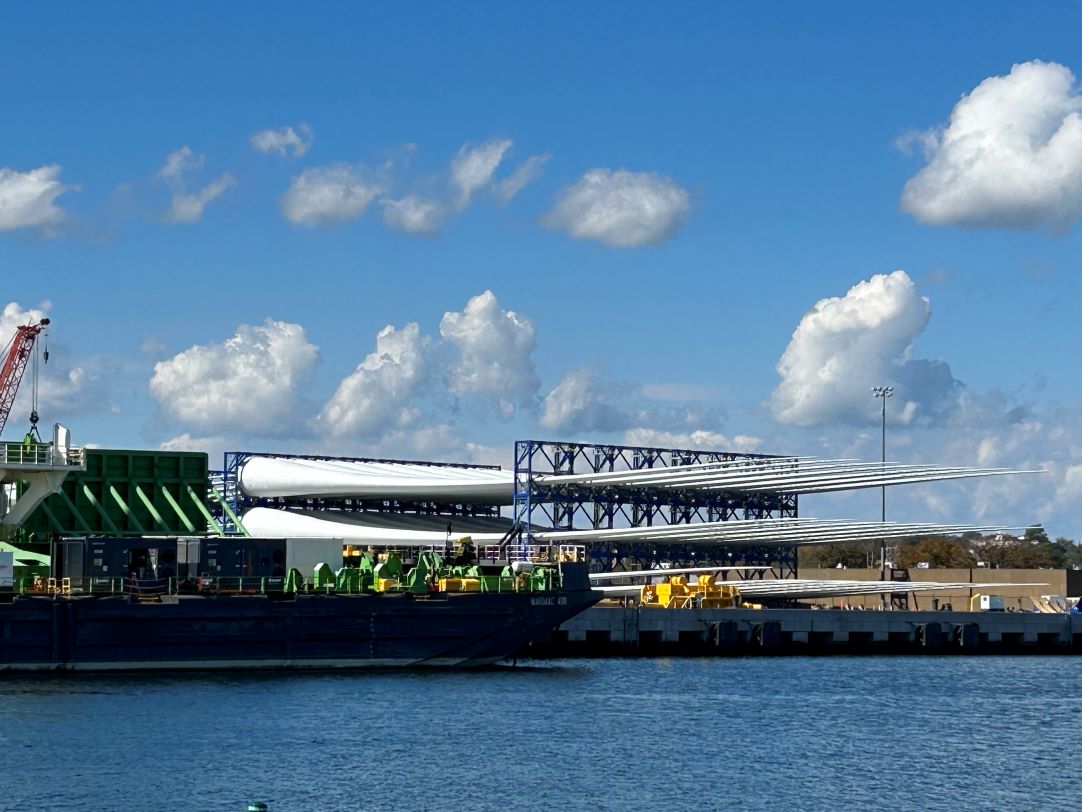Seafood For All Program Helped Families in Need
June 11, 2018
Kate Masury and the rest of the Eating with the Ecosystem team were concerned that the underutilized species soon to be offered by the Rhode Island Community Food Bank would be looked upon with hesitation. Their concerns were quickly stifled.
“We thought the most difficult part was going to be getting people to eat the fish,” said Masury, program director for Eating with the Ecosystem. “It wasn’t an issue. There was plenty of demand. People enjoyed the local fish and they knew what to do with it. They didn’t need any recipes.”
The organization’s two-year pilot program, Seafood For All, was developed to bring local seafood to low-income neighborhoods and food pantries in the Ocean State.
The most difficult aspect of the program was finding the best way to package the fish that would meet the needs of food pantries and the families they help while also adhering to the requirements of the Rhode Island Department of Health. Logistics also took sometime to work out.
Made possible by a Rhode Island Local Agriculture and Seafood Act (LASA) grant and funding from the Rhode Island Foundation, the Kendall Foundation and the van Beuren Charitable Foundation, the project connected the dots between fishermen, seafood dealers, the Rhode Island Community Food Bank, and its affiliated food pantries.
The hope was that by forging these relationships the effort would create a workable situation that would benefit fishermen by expanding local use of under-appreciated species and help Rhode Islanders with limited means by providing them with an affordable local seafood option.
The 2015-17 pilot project partnered with the Community Food Bank and two Rhode Island seafood distributors — Tony’s Seafood and The Town Dock — to provide 23,759 pounds of under-appreciated seafood to families in need. The price point for each serving was between $1 and $1.50, depending on the species.
Species distributed included scup, sea robin, and underutilized pieces of cod, the underbelly of the fish that is called chunks or napes. Eating with the Ecosystem also held cooking demonstrations with samples for consumers to try less-familiar fish such as sea robin. The project’s final report was researched and written by Shayna Cohen of Karen Karp & Partners, New York City-based food systems consultants.
The pilot project ended in December 2017, but the Community Food Bank and Tony’s Seafood have continued the effort.
Masury noted that whiting, butterfish and mackerel could also become part of the program, depending on the time of year and the price point. She said the program can be sustainable.
“It just needs more facilitation and getting other dealers involved,” Masury said. “Bigger dealers would need to change their operations to do these smaller orders. It would be about changing routines.”



